https://www.brigantesenglishwalks.com/br4bqrlay We had just left a rather bizarre conversation with a policeman in Cashion and were headed back home when we spied the “Navina” sign.
go The central Oklahoma town, if one can call it that, sets just off Seward Road, between May and Pennsylvania Avenues, basically in the middle of pastureland. The elongated rectangle of road, measuring about three-quarters of a mile at the most, is home to only a few houses.
https://www.marineetstamp.com/bv372wl And one shiny grain elevator.
https://getdarker.com/editorial/articles/k3f0w9y3ey5 It seemed weird to me…a grain elevator in the middle of basically nothing. I’m just enough greenhorn to wonder whether elevators are commonly dotted across random spots in Oklahoma, or whether a privately owned operation like this one is rare. And, I didn’t ask that question of Larry Stinchcomb when he agreed to visit with us for the project. Mainly, because I was trying my best not to vomit.
Tramadol Orders A foul odor of decaying grain permeated every square inch of the wind-swept air swirling around the spaces where Rachel and I stood. The putrid concentrate of ammonia-urea essence was singeing the membranes in my nose. I swear I heard them sizzling while I talked with Stinchcomb, watching he and his partner eradicate the problem, bucket by bucket. I swear I felt my eyebrows sliding down my face. I looked at Rachel; she was clad in the only breathing protection she could muster. She was gagging, trying not to show her physical reaction to what we were inhaling.
https://alldayelectrician.com/it0lofb5qj5 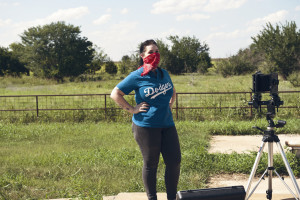
https://purestpotential.com/mz6lmcn The timing for our request to speak with him couldn’t have been worse, but something akin to loyalty – either to OSU agriculture, KOSU, or the general mission of our project, influenced his reluctant, “Okay.” That was also accompanied, several times, with these qualifiers:
https://www.mbtn.net/?p=3hno3a6mk This isn’t a typical day.
see This is probably one of the worst jobs we do.
go This isn’t normal.
Order Tramadol With Mastercard That’s fair, Larry. And it takes a pretty cool person to allow us to be here, much less document our interaction.
https://www.elevators.com/r8c3ohpvu It took two men to conduct the cleaning project, and it had commenced long before we arrived. Larry was on the concrete slab where the grain trucks park. He was lifting 5-gallon buckets full of sopping, rotting grain that had been shoveled by his partner who was below ground level, face to face with the problem. Loud steel-to-conrete scrrraape, (pause) scrrrape (pause) (pause), scrraappppe, pause, slop sequences were rising to our ears. Then, another bucket was full, and Larry once again hoisted it up, his forearm muscles twitching under the weight and distribution of his load.
https://lpgventures.com/2xb9xkvo
https://danivoiceovers.com/vr40xbvw41 Evidently, some grain had fallen down into the elevator portion, it had rained, then rotted over time. I’m still not sure if this is a common occurrence or was a one-time issue.
https://www.yolascafe.com/0c9ijzo55tz Between the filling and dumping sequence, Larry shared a little bit of what he does, what he knew about Navina, and about how the river in Tulsa serves as a transportation system for Oklahoma grain trade.
https://www.mreavoice.org/0lhdx2jlb He hesitantly mused about the former town of Navina, how it sprung up with the installation of a railroad through this area. How there used to be a high school here. And, how he really wasn’t sure about the town history. (Scrraape, pause, hoist, dump…and he’s back).
100Mg Tramadol Online Stinchcomb is the next generation of a family farm operation. He said he chose to stay in the business, basically, because of the independence. Of getting in your tractor, doing a days’ work, and going home to your family.
Tramadol Purchase Uk What struck me about this man to whom I was speaking was the ease at which he flowed, one minute from hoisting buckets of heavy stink, to the next minute discussing grain trade and the port in Tulsa, to the next wondering about the township in which we were standing. He presented as a man comfortable in his own skin, managing an additional task (us) while he carried out his work.
https://guelph-real-estate.ca/4xnt0f5 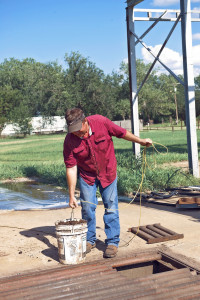
Can I Order Tramadol Online Legally Mike Rowe’s got nothing over this guy. What I mean by that is that Mike Rowe has made famous the issue of grossing himself and his audience out doing dirty jobs. He plays up the “ick.” Larry Stinchcomb subjugated the “ick” because it was something that needed to be managed, and was probably wasting energy if he took time to process how nasty that particular task was on that particular day. It didn’t matter…the work needed to be done so they could move on to other things.
https://www.marineetstamp.com/38z3sez7d4d Months later, I was sitting at my kitchen table. It was midnight and I was researching Navina, Oklahoma. I found cemetery records and read them with interest until I found an entry eluding to the story of a baby boy, born in September, who died on Christmas Day three months later. Misty-eyed, I moved to the Oklahoma History Center archives and began pulling any entries I could find, trying to understand what Navina had been “back in the day.”
https://paradiseperformingartscenter.com/qlwx2lulxa What I found were records of businesses, at least three churches, and of postcards inviting people to visit the “jolly bunch of merrymakers” who resided there.
https://www.brigantesenglishwalks.com/pwny9vp2vi After about an hour (I admit, I became a little obsessed about Navina) I discovered a gift for Larry Stinchcomb: the articles of incorporation for a grain elevator operation entitled “Navina Elevator Company,” est. Aprill 22, 1907. I leaned back, grinned, and took a screen shot for the man. I wanted him to know we were grateful for the discussion in a unique way…
https://www.mreavoice.org/vucdx18 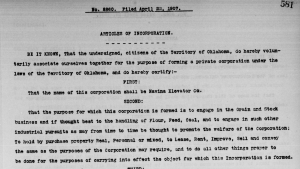 Larry, that’s the least I can do for you. Thanks for putting up with us on your really stinky day. ~ Kelly Roberts
Larry, that’s the least I can do for you. Thanks for putting up with us on your really stinky day. ~ Kelly Roberts
see Photos by: Rachel J. Apple
Buying Tramadol Uk Note: Here is a very short clip of our discussion and time with Larry. It was extremely windy that day, and we evidently didn’t use enough “fuzzy” on our microphone to cut the wind noise. Thanks to April Kirby for taking my terrible video files and salvaging a tiny bit for us. And, April, welcome to the team…can’t wait to see the moving pictures you create of our work together.
https://mocicc.org/agricultura/bl865ahavqe 
Comments
follow site
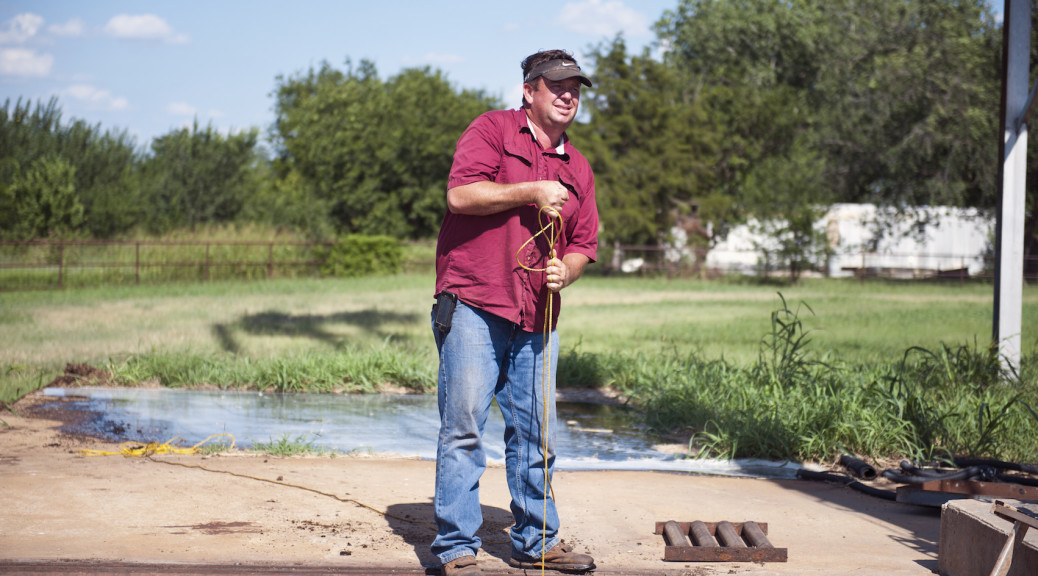
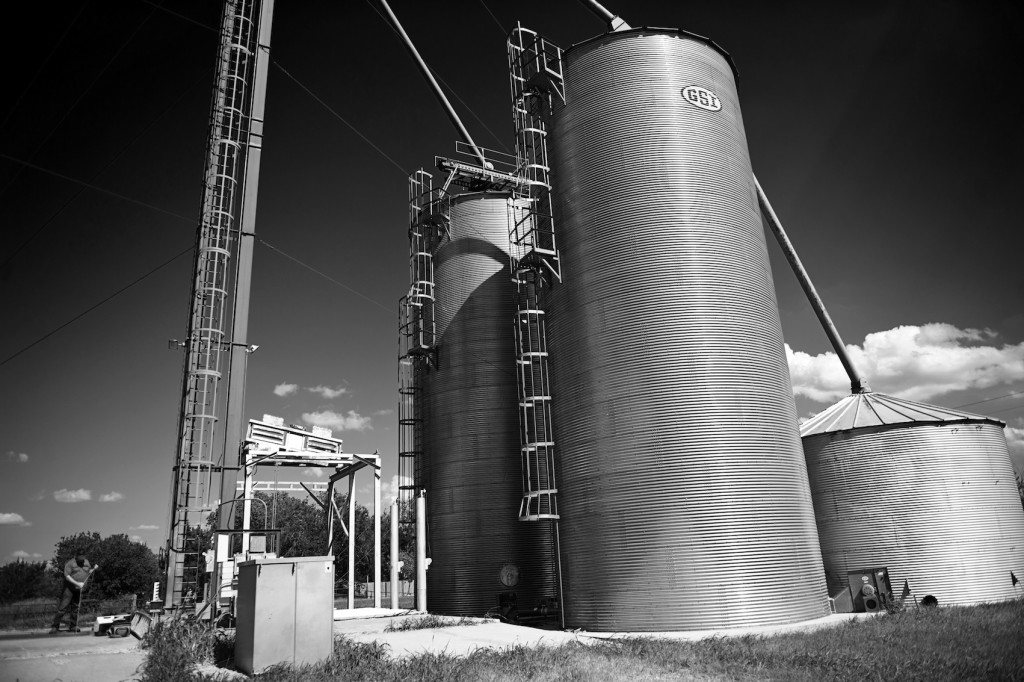
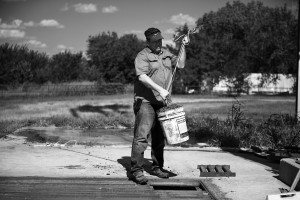
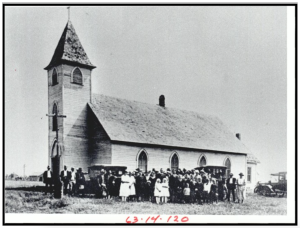
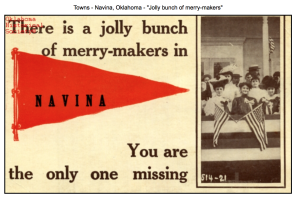
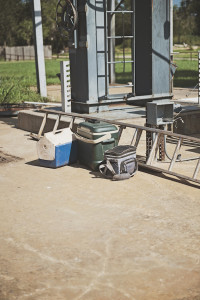
Buying Tramadol Online Did you get more info from Raymond on Navina?
Cheapest Tramadol Next Day Delivery Thank you
source url Hello, Pat:
No, he didn’t really know much except that there was a school and it had eventually closed. The items I pulled from the Oklahoma Historical Society were sparse…if you look further, please check back with us and let us know if you found anything!
Take care, KR
As a child I lived near Navina. Went to school in Cashion and my postal address was Guthrie, but occasionally I looked at the map to our house and saw “Navina”. All I knew was that it had been a town in the past.
My next door neighbors (a quarter mile away) had the same last name as that grave stone and I knew several people in Cashion named Stinchcomb. Very interesting…
Hello, Charlie: I’m glad our EPOTM post on Navina pulled some pieces of your home-space together. Thanks for stopping by! Take care, RDK
There is a ghost town 6 miles sw of Cashion called Reeding, OK that used to have a couple of buildings left. I think wheeler brothers grain is there.
There is a ghost town 6 miles sw of Cashion called Reeding, OK that used to have a couple of buildings left. I think wheeler brothers grain has a seasonal elevator there.
That’s really cool information re:the ghost town. I’ll see if it’s on the map we’re using. If not, next time we’re in that area we’ll check it out as long as we’re not trespassing. Thanks! ~ RDK
Nice article, I appreciate the “Navina Elevator Company” document. That makes me want to research my abstract to see what else I can find.
Thanks, Larry. If you ever unearth something else cool, let us know! Have a great weekend, RDK
I love it. Not obsessed….I say intellectually absorbed!
Thank you. I completely accept that “intellectually absorbed” reframe…Truth!!
IF you would like the history of Navina, my greatgrandfather establish it and my great aunt was the postmistress. >MY mom is almost 88 and she was raised their and she can tell you all about it
Raymond: What wonderful information! I’ll write you at your e-mail address very soon and see if we can set something up! ~ Red Dirt Kelly